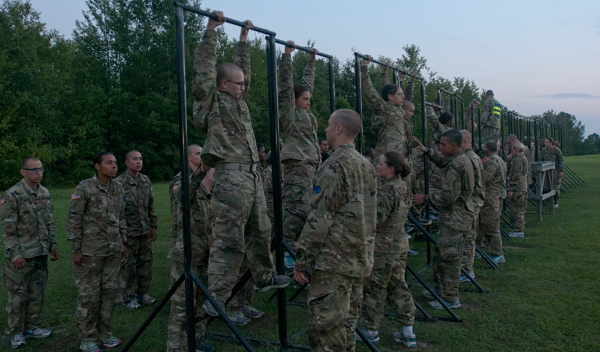Army Basic Combat Training is known for its ability to transform a civilian into a regimented soldier in just 10 weeks.
Currently, there are four Army Basic Training locations:
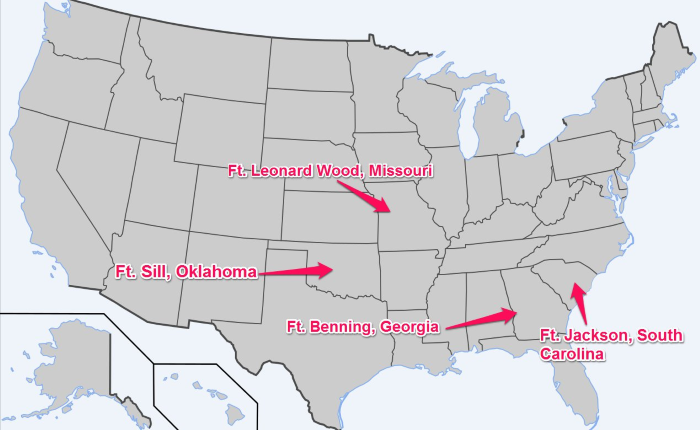
Basic training, often referred to as boot camp for the Army, teaches soldiers the necessary Army principles and skills.
Training is completed in three phases and ends with graduation.
Basic training at each location may vary slightly, but all locations follow the same basic timeline and teach the same core principles.
Continue reading for information on each of the four training locations and frequently asked questions regarding basic training.
Related Article – Army Airborne School: Requirements, Length, Packing List, And More
#1- Fort Moore, Georgia
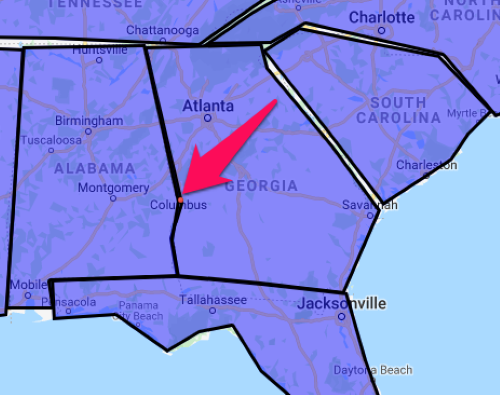
Base Size: 182,000 acres
Date Founded: 1918
Official Website: https://www.moore.army.mil/index.html
Fort Moore (formerly Fort Benning) was established as Camp Benning in 1918 as a need to meet manpower demand during World War I.
Training grounds at other locations were becoming overpopulated, and the need for additional space for the Artillery School of Fire and the Infantry School of Arms was becoming a pressing issue.
This camp was established and built with civilian and military help in just seven days.
After World War I ended, Congress pushed against permanent military installations and funding.
Despite this, construction of the installation continued, and it was established as Fort Benning in 1922.
Fort Benning became a main location for infantry training.
Prior to and during World War II, it was slowly expanded to include the 2nd Armored Division, the Infantry Officer Candidate School, and The US Army Ranger School.
The progression did not stop there and has continued to make Fort Moore one of the largest Army installations.
It was renamed “Fort Moore” on May 11, 2023. It’s now home to the US Army Armor Center and School, the Maneuver Center of Excellence, the Infantry School, and many other training and tenant units.
Basic Training
Fort Moore provides Basic Combat Training (BCT) as well as Infantry One Station Unit Training.
OSUT Infantry School focuses on weapon use and maintenance, reading maps, equipment operation, and fighting positions.
Generally, those who are in infantry positions will complete BCT at Fort Moore.
Related Article – Which Branch Of The Military Should I Join?
#2- Fort Jackson, South Carolina
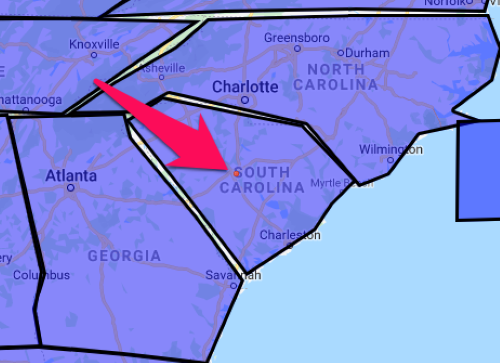
Base Size: 53,000 acres
Date Founded: 1917
Official Website: home.army.mil
Columbia, SC was designated and approved as a location for an Army training center in 1917.
Prior to being a permanent Army garrison, Camp Jackson was originally a training facility for the 30th and 81st Infantry Divisions.
Between 1925 and 1940, it was also a training area for the South Carolina National Guard.
Shortly after in 1940, Camp Jackson became a permanent garrison and was named Fort Jackson.
Throughout the years, it was home to a few different divisions for training, and in 1973 it was appointed as a US Army Training Center.
It is now home to the US Army Soldier Support Institute, the Department of Defense Chaplain Center and School, and the Defense Academy for Credibility Assessment.
Basic Training
Fort Jackson is the main area for Basic Combat Training with 50 percent of all basic training conducted there, and 60 percent of women entering the Army begin their training there.
Related Article – Army MOS List: A List Of All 159 Army Jobs
#3- Fort Leonard Wood, Missouri
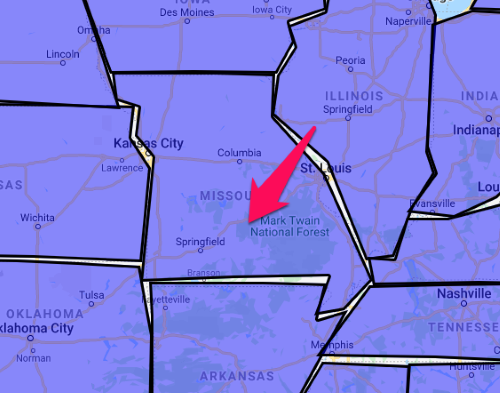
Base Size: 63,000 acres
Date Founded: 1940
Official Website: home.army.mil/wood
Fort Leonard Wood is named after Gen. Leonard Wood, who served as a soldier for over 40 years.
As 1940 approached, the Army was looking for training areas that could handle the growing Army.
The Seventh Corps area was an area that was deemed as needing a large training facility.
South-central Missouri was chosen as the site for what was originally called the Seventh Corps Area Training Center.
In January 1941, the War Department named the area Fort Leonard Wood.
The 6th Infantry Division originally trained at Fort Wood and was followed by the 8th, 70th, 75th, and 97th Divisions.
Over time, the installation held several divisions and units and has become known for its Engineer Replacement Training Center.
Related Article – 41 Questions To Ask A Military Recruiter
Basic Training
All Basic Training is completed in phases. Fort Leonard Wood has different phrase titles than the standard red, white, and blue phases.
The phases consist of
- Reception (initial screening, medical screenings, uniforms, and in-processing)
- Yellow Phase (weeks 1-2, Army values, traditions, and protocols)
- Hammer Phase (weeks 3-4, Self-discipline, team building, confidence course, and ACFT)
- Anvil Phase (weeks 5-7, marksmanship and land navigation)
- Forge Phase (weeks 8-10, tactical training, leadership, field training, and graduation)
Usually, those who are in combat engineer MOSs and military police follow on with AIT at Fort Leonard Wood.
#4- Fort Sill, Oklahoma
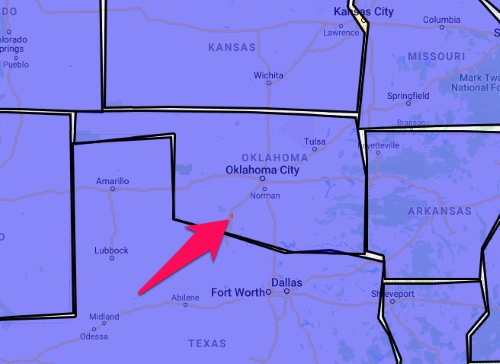
Base Size: 93,633 acres
Date Founded: 1869
Official Website: sill-www.army.mil
Fort Sill has a lengthy history as it is the only active Army installation on the South Plains that was built during the Native American wars.
Although it was founded by Gen. Philip Sheridan, it was named after his friend Brigadier General Joshua W. Sill, who passed in the Civil War.
Most of the stone buildings (some of which still stand today) were built by a group of soldiers called “Buffalo Soldiers”.
At the end of the 1800s, Fort Sill was home to Geronimo and other Apache prisoners who lived in villages on the range.
Shortly after the frontier disappeared, Fort Sill changed from mainly cavalry units to field artillery.
In 1911, the School of Fire for the Field Artillery was founded at Fort Sill and it still operates today as the US Army Field Artillery and Air Defense Artillery Schools.
Over time, Fort Sill has had a variety of Infantry, flying, and aviation schools.
Today it is known as the US Army Fires Center of Excellence.
Basic Training
Fort Sill breaks their basic training into weeks that teach the Army’s values and principles.
The weeks are labeled Fall In, Direction, Endurance, Marksmanship, Trails, Camaraderie, Confidence, Tactical Training Base, Inspections, and Graduation.
It is home to the Air Defense Artillery School and Field Artillery School, and any related MOSs may attend Basic Combat Training there.
Related Article – Army Reserve Benefits
Frequently Asked Questions
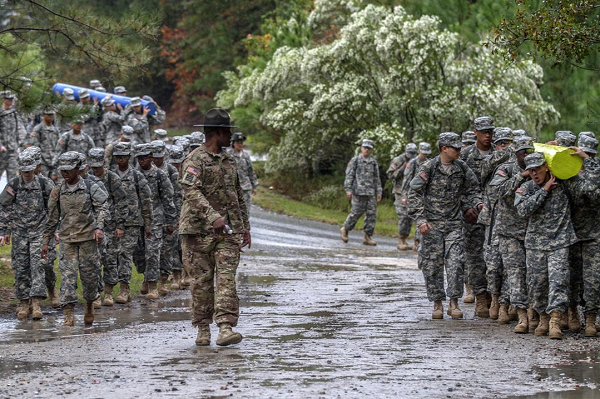
How do they decide which base you’ll go to?
The Army base that you will go to generally depends on the MOS you choose. For most individuals, Advanced Individual Training is conducted at the same location.
How many Basic Training bases does the Army have and where are they?
The Army conducts Basic Combat Training (BCT) at four locations: Fort Moore, GA, Fort Jackson, SC, Fort Leonard Wood, MO, and Fort Sill, OK.
Which is the toughest Army Basic Training location?
Fort Moore, GA, conducts Advanced Individual Training for the Army Infantry, which makes many think it also has the toughest Basic Training program.
How long is basic training?
Regardless of location or MOS, basic training is 10 weeks. These 10 weeks do not include OSUT, the time period traveling to basic training, or the phase of initial entry.
What will I do at basic training?
When first entering basic training, you will spend the first few days setting up all administrative functions and completing medical examinations.
Weeks 1-3 are called the Red Phrase. The Red Phrase can be challenging and includes physical and classroom work. Most classroom work is completed in this phase and focuses on fundamentals, laws, nutrition, and warfare.
Weeks 4-6 are called the White Phase. This phase mostly focuses on everything needed to know to become an expert rifleman. Recruits must pass the Rifle Qualification during this time.
Weeks 7-9 are called the Blue Phase. This phase is a combination of all skills learned including how to employ different weapons, work as a team, and complete operations.
Week 10– Graduation week consists of final training events. This is a week-long field training with an advanced length march. After the training event and passing all final testing, soldiers get to spend a day with their families and then participate in graduation.
Each week, soldiers are tested physically and mentally. In the first few weeks, you are pushed into Army regiments and scheduling. Your training will increase in intensity throughout the course, and your responsibilities will increase as well.
Different training facilities have different names for the training phases, but the basic functions are the same.
What happens if you fail the APFT in Basic Training?
Army Basic will improve your physical fitness, so it is common to fail the APFT in the beginning. Your Drill Sergeant will coach and provide opportunities for you to train so you can pass the test before graduation.
Is it possible to fail Army Basic Training?
It is possible to fail Army Basic Training, and approximately 15% of recruits wash out for failure or medical reasons. The recruit is separated from their unit and put on cleaning duty, and then shipped home after an entry-level separation (ELS) discharge.
Where do women go for basic?
Most female recruits will go to Fort Jackso, Fort Sill, or Fort Leonard Wood, which all have integrated facilities for training.
What happens after basic training?
After basic training soldiers are required to report to Advanced Individual Training. Advanced Individual Training can be at the same location, close to or far away from your basic training location.
If it is not at the same location, or close to, the Army will assist in relocating soldiers to their new unit. Usually, the only time allotted between basic and AIT is travel time.
The time between basic and AIT does not generally allow enough time to visit home. Some situations do allow for advanced time, such as high school students completing split training programs.
Do you get paid during basic?
Yes, you get paid during basic. Although your pay is based on rank and time of service, for those entering the Army with no prior Military experience, the pay for the first four months of training is slightly lower.
Related Article – Army Allied Trade Specialist (MOS 91E): Career Details
Conclusion
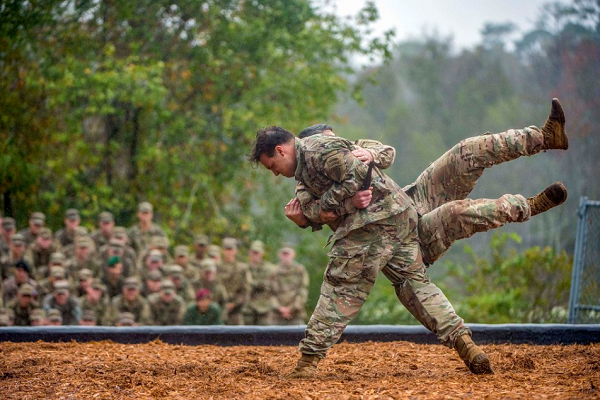
It can be hard to understand what to expect from the Army’s Basic Combat Training.
Each of the Army’s basic training locations varies in size and geographical location.
While you do not get to pick your location, each training site has a website that presents information for new recruits and for family members.
Army Basic Training locations are rich in history and provide training that teaches the discipline, structure, and skills necessary to become an expert rifleman and soldier.
References
See Also:
9 Army Basic Training Graduation Gift Ideas
Army APFT Test Standards For Males and Females
- Replacing Dog Tags: 6 Things You Need to Know - June 28, 2024
- Navy OAR Test Study Guide - June 24, 2024
- 10 Best Sniper Movies of all Time - June 20, 2024
Originally posted on December 17, 2019 @ 11:02 pm
Affiliate Disclosure: This post may contain affiliate links. If you click and purchase, I may receive a small commission at no extra cost to you. I only recommend products I have personally vetted. Learn more.
